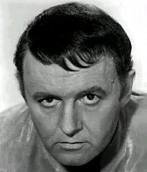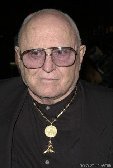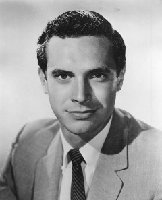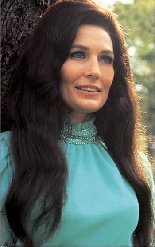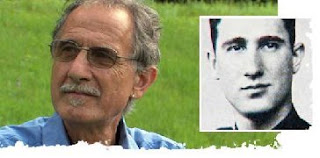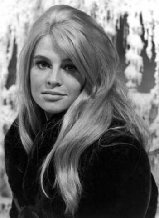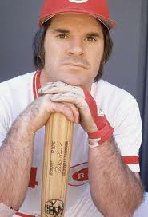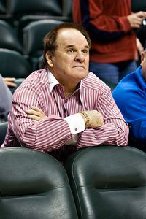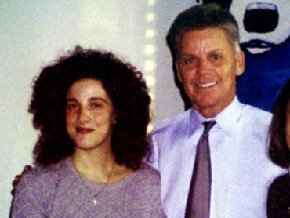Indiana (/ˌɪndiˈænə/ ⓘ IN-dee-AN-ə) is a state in the Midwestern region of the United States. It borders Lake Michigan to the northwest, Michigan to the north and northeast, Ohio to the east, the Ohio River and Kentucky to the south and southeast, and the Wabash River and Illinois to the west. It is the 38th-largest by area and the 17th-most populous of the 50 States. Its capital and largest city is Indianapolis. Indiana was admitted to the United States as the 19th state on December 11, 1816.
Various indigenous peoples inhabited what would become Indiana for thousands of years, some of whom the U.S. government expelled between 1800 and 1836. Indiana received its name because the state was largely possessed by native tribes even after it was granted statehood. Since then, settlement patterns in Indiana have reflected regional cultural segmentation present in the Eastern United States; the state's northernmost tier was settled primarily by people from New England and New York, Central Indiana by migrants from the Mid-Atlantic states and adjacent Ohio, and Southern Indiana by settlers from the Upland South, particularly Kentucky and Tennessee.
Indiana has a diverse economy with a gross state product of $352.62 billion in 2021. It has several metropolitan areas with populations greater than 100,000 and a number of smaller cities and towns. Indiana is home to professional sports teams, including the NFL's Indianapolis Colts and the NBA's Indiana Pacers. The state also hosts several notable competitive events, such as the Indianapolis 500, held at Indianapolis Motor Speedway.
Etymology
Indiana's name means "Land of the Indians", or simply "Indian Land". It also stems from Indiana's territorial history. On May 7, 1800, the United States Congress passed legislation to divide the Northwest Territory into two areas and named the western section the Indiana Territory. In 1816, when Congress passed an Enabling Act to begin the process of establishing statehood for Indiana, a part of this territorial land became the geographic area for the new state.
Formal use of the word Indiana dates from 1768, when a Philadelphia-based trading company gave its land claim in present-day West Virginia the name "Indiana" in honor of its previous owners, the Iroquois. Later, ownership of the claim was transferred to the Indiana Land Company, the first recorded use of the word Indiana. But the Virginia colony argued that it was the rightful owner of the land because it fell within its geographic boundaries. The U.S. Supreme Court denied the land company's right to the claim in 1798.
Modern era
With the conclusion of World War II, Indiana rebounded to pre-Depression levels of production. Industry became the primary employer, a trend that continued into the 1960s. Urbanization during the 1950s and 1960s led to substantial growth in the state's cities. The auto, steel and pharmaceutical industries topped Indiana's major businesses. Indiana's population continued to grow after the war, exceeding five million by the 1970 census. In the 1960s the administration of Matthew E. Welsh adopted its first sales tax of 2%. Indiana schools were desegregated in 1949. In 1950, the U.S. Census Bureau reported Indiana's population as 95.5% white and 4.4% black. Governor Welsh also worked with the General Assembly to pass the Indiana Civil Rights Bill, granting equal protection to minorities in seeking employment.
On December 8, 1964, a Convair B-58 carrying nuclear weapons slid off an icy runway on Bunker Hill Air Force Base in Bunker Hill, Indiana and caught fire during a training drill. The five nuclear weapons on board were burned, including one 9-megaton thermonuclear weapon, causing radioactive contamination of the crash area.
Beginning in 1970, a series of amendments to the state constitution were proposed. With adoption, the Indiana Court of Appeals was created and the procedure of appointing justices on the courts was adjusted.
The 1973 oil crisis created a recession that hurt the automotive industry in Indiana. Companies such as Delco Electronics and Delphi began a long series of downsizing that contributed to high unemployment rates in manufacturing in Anderson, Muncie, and Kokomo. The restructuring and deindustrialization trend continued until the 1980s when the national and state economy began to diversify and recover.
Indiana has an extensive history with auto racing. Indianapolis hosts the Indianapolis 500 mile race over Memorial Day weekend at the Indianapolis Motor Speedway every May. The name of the race is usually shortened to "Indy 500" and also goes by the nickname "The Greatest Spectacle in Racing". The race attracts more than 250,000 people every year, making it the largest single-day sporting event in the world. The track also hosts the Brickyard 400 (NASCAR) and the Red Bull Indianapolis Grand Prix. From 2000 to 2007, it hosted the United States Grand Prix (Formula One). Indiana features the world's largest and most prestigious drag race, the NHRA Mac Tools U.S. Nationals, held each Labor Day weekend at Lucas Oil Raceway at Indianapolis in Clermont, Indiana. Indiana is also host to a major unlimited hydroplane racing power boat race circuits in the major H1 Unlimited league, the Madison Regatta (Madison, Indiana).
^Indianapolis
If you want to read a whole lot more, go here: https://en.wikipedia.org/wiki/Indiana
- SERVES
- 6
- COOK TIME
- 45 Min
What do you get when you take a bunch of your favorite Southern foods and serve 'em all together? You get an All-in-One Southern Dinner of course! This Southern-inspired dinner recipe has it all - cornbread, chicken, mixed veggies, and gravy!
- 1 (16-ounce) cornbread or cornbread muffins
- 1/2 cup (1 stick) butter, melted
- 1 pound frozen breaded chicken tenderloins, baked according to package directions
- 3 cups frozen mixed vegetables, thawed
- 1 (24-ounce) jar chicken gravy
- Preheat oven to 350º. Coat a 9- x 13-inch baking dish with cooking spray.
- In a food processor, pulse cornbread into fine crumbs. Place crumbs in a large bowl; add butter and mix well. Reserve 2 tablespoons crumbs. Press remaining crumbs into baking dish to form crust. Bake 10 minutes.
- Cut chicken into 1-inch pieces and place in a large bowl. Add vegetables and gravy to chicken; mix well. Pour over crust; sprinkle with reserved crumbs.
- Bake 25 to 30 minutes, or until hot and bubbly.
HOW TO OBSERVE
- Look for a community garden in your area.
- Organize a seed and perennial plant swap with neighbors and friends.
- Join a garden club. There isn’t one near? Start one!
- Visit your local nursery or garden center—you will be amazed and excited by all the beautiful options



_2017_Indianapolis_500.jpg)


